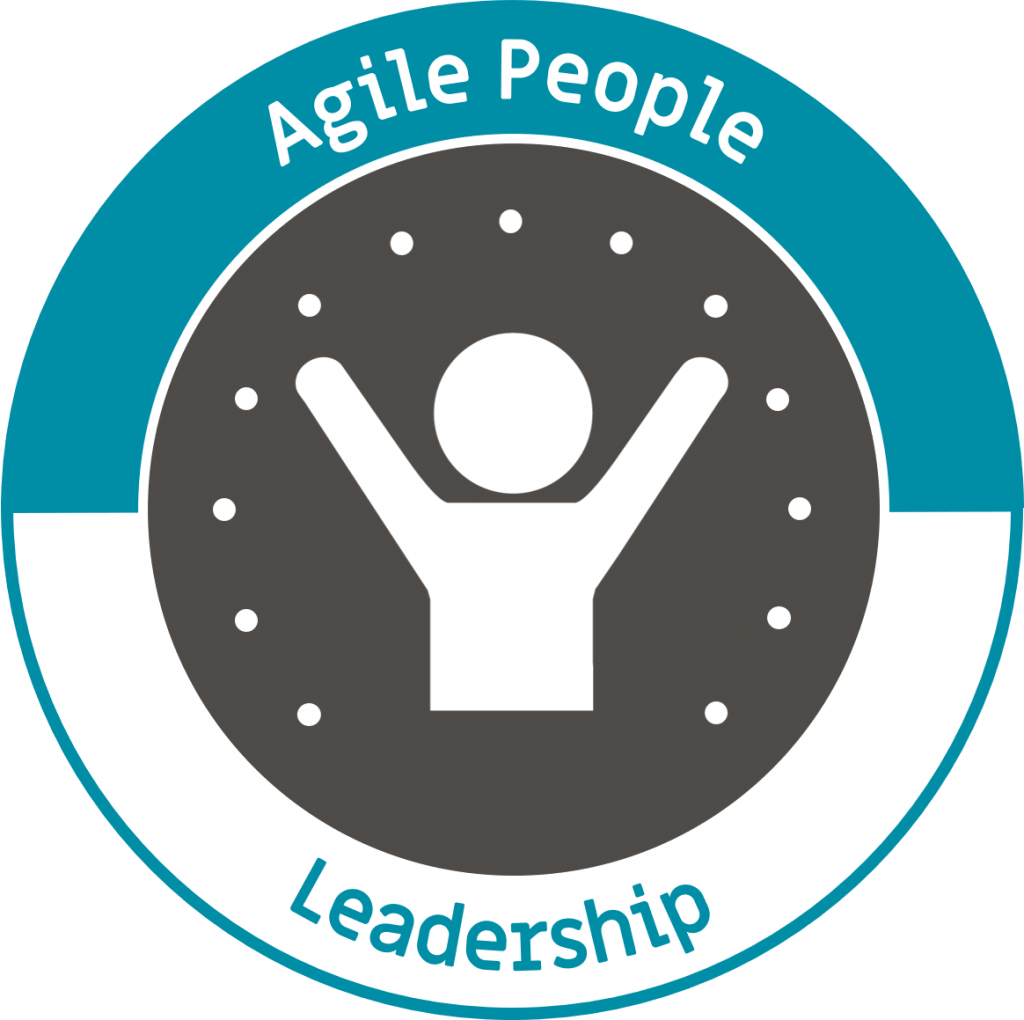Agile People Leadership
About

Leadership is changing, the traditional top-down command and control management style is no longer successful in today’s fast-changing work environment. The new and complex reality requires a paradigm shift in leaders mindset and a new understanding of what constitutes effective leadership.
This training focuses on developing managers who want to be adaptive and agile in their leadership style, learning how to lead themselves and others with the purpose of creating conditions for an environment that will allow business agility to thrive.
The Agile People Leadership module can be combined with our other modules to tailor the right learning experience for you. Combine with Agile People Fundamentals and receive an ICAgile certification for ICP-LEA.
Duration
24 Hours
Level
Foundational
Course Information
Learning Outcomes
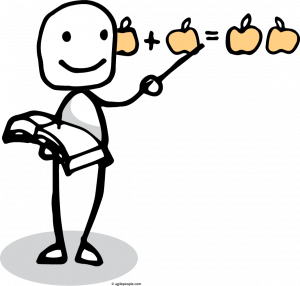
Why Agility in Leadership is Needed – An understanding of why traditional approaches to management and leadership don’t always meet the needs of our transforming. In particular, leaders will self-assess to determine how they might need to change their own behavior and attitudes to properly serve the needs of 21st-century organizations.
Leadership styles that increase Agility – Learn different types of leadership styles and the impact they have on motivating behaviors to increase learning, innovation, and collaboration.
Personal Agility – How to develop yourself as a leader through self-assessment, self-management, and mindfulness.
Relationship Agility – Models for emotional intelligence in the context of Agile organizations. Develop an awareness of the different systems found within organizations, the often hidden dependencies between them, and how conflict can arise when they have incongruent agendas.
Exercising Agility in key conversations – How to practice inquiry & advocacy skills, including framing invitations rather than demands and asking clarifying, opening, deepening, and provocative questions. Learn to enable high-quality conversations as a leader as opposed to always participating in them.
The Nature of Organizational Transformation and Agility – Describe how transformation is different from typical sponsored change initiatives. Point out that transformation generally implies a change in purpose or strategy that is radical and systemic, while sponsored change initiatives are more limited and typically focus on the how and less on the what and why. Explain how traditional organizational change models designed for limited change initiatives may not provide all leaders who need to navigate transformation.
Why Transformation is needed for Agility – Understand how established organizations need to undergo a transformation in order to develop agile capabilities.
Target Audience
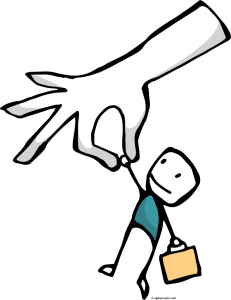 Leaders or aspiring leaders at any level in an organization
Leaders or aspiring leaders at any level in an organization
People at any level who lead or aspire to lead in an organization on a business agility journey
Leaders who see the value of growing an agile organization, and are committed to developing themselves as agile leaders in order to achieve that aim
Anyone wishing to learn about the paradigm shifts necessary to lead in adaptive environments, and to develop relevant leadership capabilities.
ICAgile Certified
This training can lead to a certification by International Consortium for Agile (ICAgile), a certification and accreditation body, if combined with the Agile People HR or Agile People Leadership workshop. ICAgile works with course providers to accredit new or existing courses against comprehensive and proven Learning Outcomes. ICAgile collaborate with worldwide agile thought leaders to develop learning programs that lead people to agile mastery. Learn more about ICAgile
Agile People is an ICAgile Member Organization.
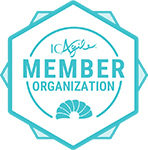
Training Program
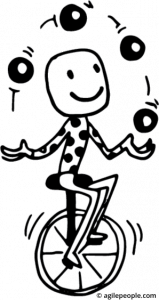
For this training, you will take part in a 1-day in-person workshop or 7 online sessions á 2-hours.
Day 1: Session L1-7 Agile People Leadership
Session L1: Why Agile Leadership
The impact of significant trends and the VUCA world and the drawbacks of the waterfall method for the development of new products. Problems with the way we still manage and lead and the better way: theory X and Y view of leadership – examples.
Session L2: Types of leadership
A walkthrough of Leadership history and how it has developed until today.
Session L3: What is Agile Leadership?
Examples of frameworks and cases. 9 leadership principles and the Gardener Metaphor. How can performance be supported with alternative ways of working? Leadership Maturity exercise.
Session L4: Knowing and leading yourself
Emotional intelligence, mental models, and mindful leadership. The organization as a social construct and interpersonal mush vs. interpersonal clarity. How we are biased: 4 examples of biases that we all hold and the antidote. The four selves of a leader with a self-assessment
Session L5: Team Leadership
Understanding how a team matures and what kind of coaching technique to use in each stage of maturity – when is a team high-performing, and what are the dangers that we need to look out for if teams become too strong compared to the rest of the organization? My Washing instructions and team exercises.
Session L6: Effective Communication
How do we make sure that what we communicate get the intended result and that we are clear on how to deliver the right messages in a way that would make sense for people, regardless of cognitive differences?
Session L7: Boundary Spanning
Working cross-functionally and spanning boundaries of different kinds, inside and outside the organization and between topics, areas, and diverse people. Buddy System exercise.Conclusion and next steps.
Online Delivery

If you attend a course that is delivered online. Then we will work with Zoom for presentations and team exercises, Mural as a digital canvas, Trello for keeping track of the agenda items and exercises, and Slack for communication between the sessions. You will receive links to all of the tools used in the training including the Learning Management System that will provide you will all the documents and videos in between every session.
There will be some work to be done after every session, so add about 5 hours more every week. Course literature and material will be sent to your location and distributed digitally. The certification assignment will be accomplished in the time between the sessions so that you will be ready on the day of the last session.

